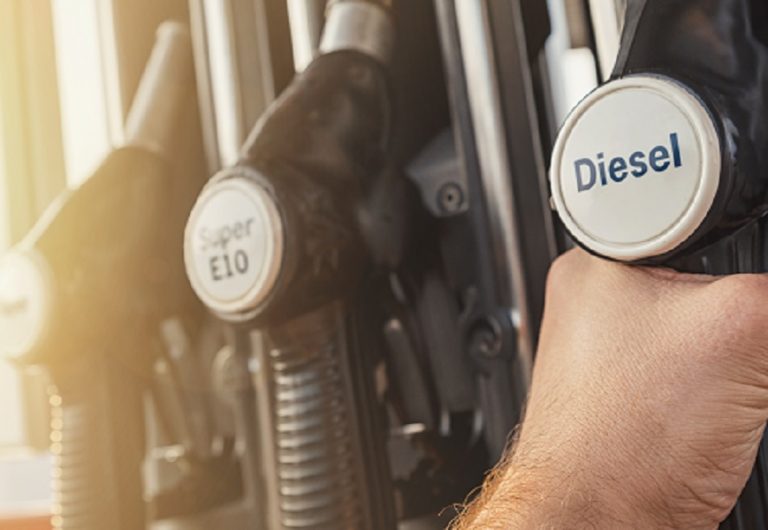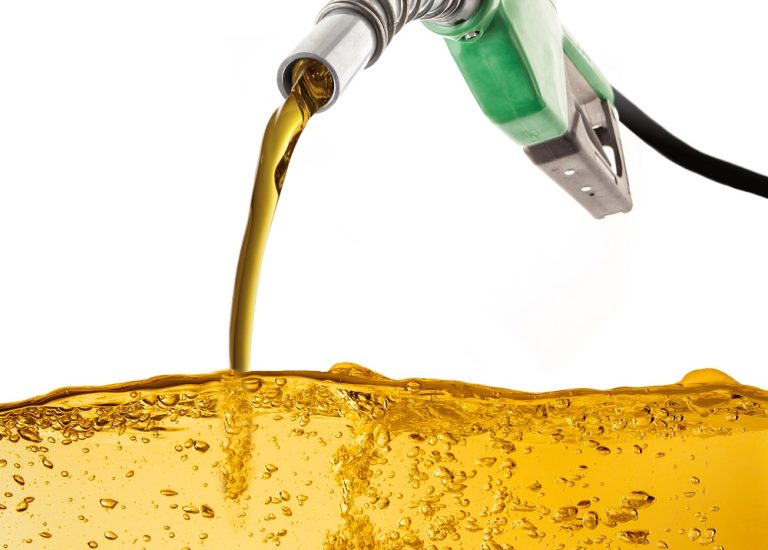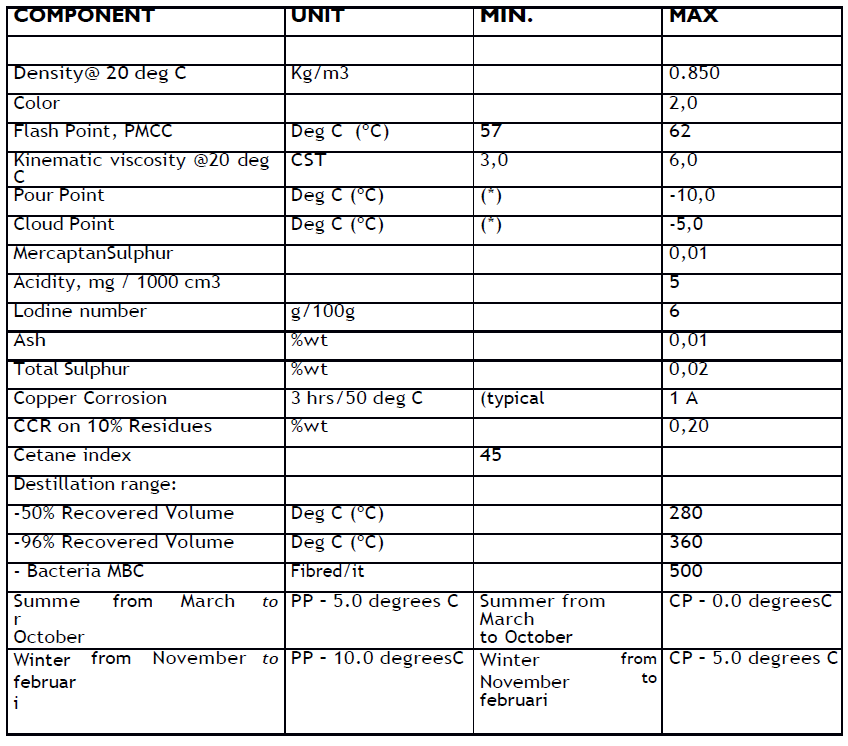
Understanding D2 (Gasoil) and Its Origins
D2, also known as Gasoil, is the second distillate produced during crude oil refining. It can be used in its basic form without reformers or additives. Early engines ran on D2 long before modern petrol vehicles existed. Invented by Rudolf Diesel, the diesel engine operates without spark plugs, relying on high compression to ignite the fuel. Today’s automotive diesel is enhanced with additives to improve efficiency, protect the engine, and aid cold-weather starts. In winter, diesel’s flash point changes, requiring additives that prevent thickening, reduce water condensation, and ensure smooth flow. Using summer diesel in cold conditions may slightly improve mileage, but can cause fuel lines to freeze or burst and lead to wax buildup. Seasonal blending ensures diesel remains reliable and efficient year-round.
From Byproduct to Profit: Sulphur’s Commercial Value
The main distinction between Gasoil and D2 lies in their sulphur content. Around a decade ago, the U.S. Environmental Protection Agency (EPA) set a sulphur limit of 4% for Gasoil, a standard that Europe and other regions later adopted. As sulphur removal technology advanced, refiners discovered more efficient extraction methods and realised that sulphur, when processed into sulphuric acid, could be sold profitably. This incentive drove efforts to reduce sulphur content even further.
Today, “Low Sulphur Gasoil” contains less than 0.2% sulphur, while “Ultra-Low Sulphur” variants have a maximum of 0.02%. Measuring levels this low presents challenges, as mass spectrographs require precise calibration below 1,000 ppm. Additionally, sulphur tends to form molecular clusters by binding with free hydrogen, which can clog systems. While these clusters can be broken in “cracked” fuels, D2, as a straight-run distillate, has not undergone cracking, making its sulphur content reduction a specialised refining process.


The International Organization for Standardization (ISO) sets widely adopted standards for D2, which serve as a reference for most oil companies. In the United States, the American National Standards Institute (ANSI) defines the national D2 standard, based on proposals from ASTM, API, and the Environmental Protection Agency (EPA). Europe follows similar practices, with each country having its own variant—Germany, for example, adheres to standards set by DIN.
For D2/Gasoil, the GOST 305–82 standard specifies a maximum sulphur content of 0.02%, aligning with ISO’s limits. Under ANSI classification, this level is termed “Ultra-Low Sulphur,” while “Low Sulphur” is defined as up to 0.2% (2,000 ppm). Reducing sulphur in heating Gasoil has played a key role in lowering urban air pollution.
Automotive diesel also has national variations, but the most commonly traded types are EN590 and EN560, both set by ISO in Paris. These grades can be sold in the U.S. while meeting EPA requirements. Interestingly, automotive diesel is being successfully tested in aircraft, delivering up to 40% greater mileage per unit weight compared to kerosene. However, challenges remain, such as condensate, ice particles, and wax formation, which could damage turbine engines. Potential solutions include preheating the fuel and using electrostatic filtration before injection.
SPECIFICATION OF D2 GAS OIL
